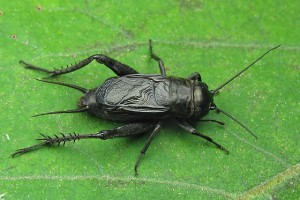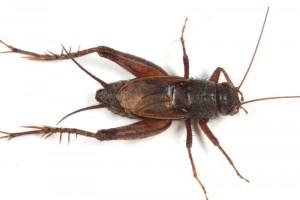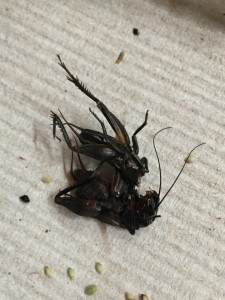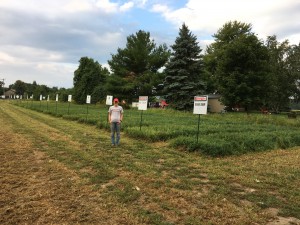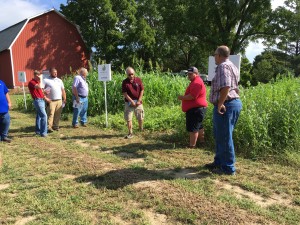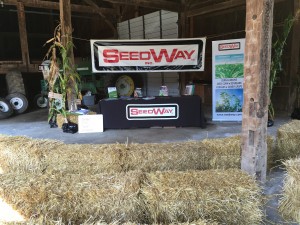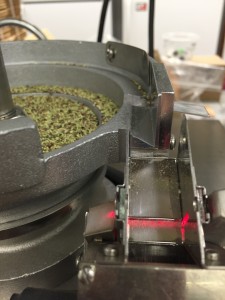September has been consumed by trials that test the preference of Harpalus, as well as two species of crickets (Gryllus pensylvanicus and Allonemobius allardi). From August 20th until September 27th we ran 260 Harpalus trials which come out to 20 replications of the experiment (20 trials of each of the 13 plant species), 105 Allonemobius trials which come out to about 8 replications, and 72 Gryllus trials which come out to about 5 and a half replications.
You can see some of the physical differences between these two species of cricket in the pictures above. The first picture is of a Gryllus Pensylvanicus, the second is Allonemobius allardi. The third picture shows a Gryllus cricket molting. When I went to check that dish I actually thought this cricket was dead. Then it starting jumping, trying to shed its shell.
Gryllus pensylvanicus is one of the most common species of cricket over the majority of the U.S. and much of Canada. The Gryllus are the larger of the two species we have been testing. We’ve found them to be anywhere from a third of an inch to probably a full inch. It depends how old they are. They are known to be major predators of both seeds and other invertebrates. Similar to the beetles their population is known to max out in the fall because that it when seeds are most prevalent, after they have been shed (the crickets are commonly known as the ‘fall field cricket’). These bugs really differ from the beetles and the cricket species in terms of their life cycle because of their range in diet. It is generally accepted that years with greater seed abundance produce greater populations but the variety in available prey that the species has gives it really good flexibility. But, their ability to prey on invertebrates has been proven to give them an important advantage in years with worse seed abundance. It is actually debated how significant the effect of seed abundance is at all with these species because of this range. I found an interesting study talking about how certain genotypes in these types of insects can be preferable in years of greater seed abundance, and others can be preferable in years of worse seed abundance.
 It has been easy to notice from these Gryllus trials that they aren’t exactly picky when they are hungry. We have seen one bug eat all 26 seeds in one 24-hour interval. We have seen one bug eat all 26 seeds and a good amount of the paper towel that lines the dish. They are much more rambunctious than they other species we’ve looked at. The only two plant species that they noticeably stay away from are velvetleaf and hairy vetch because of their hard seed coats.
It has been easy to notice from these Gryllus trials that they aren’t exactly picky when they are hungry. We have seen one bug eat all 26 seeds in one 24-hour interval. We have seen one bug eat all 26 seeds and a good amount of the paper towel that lines the dish. They are much more rambunctious than they other species we’ve looked at. The only two plant species that they noticeably stay away from are velvetleaf and hairy vetch because of their hard seed coats.

